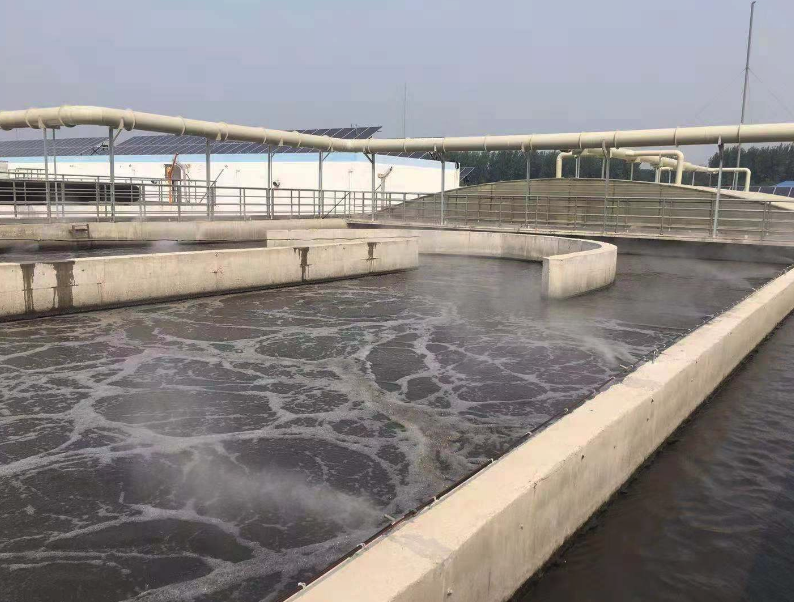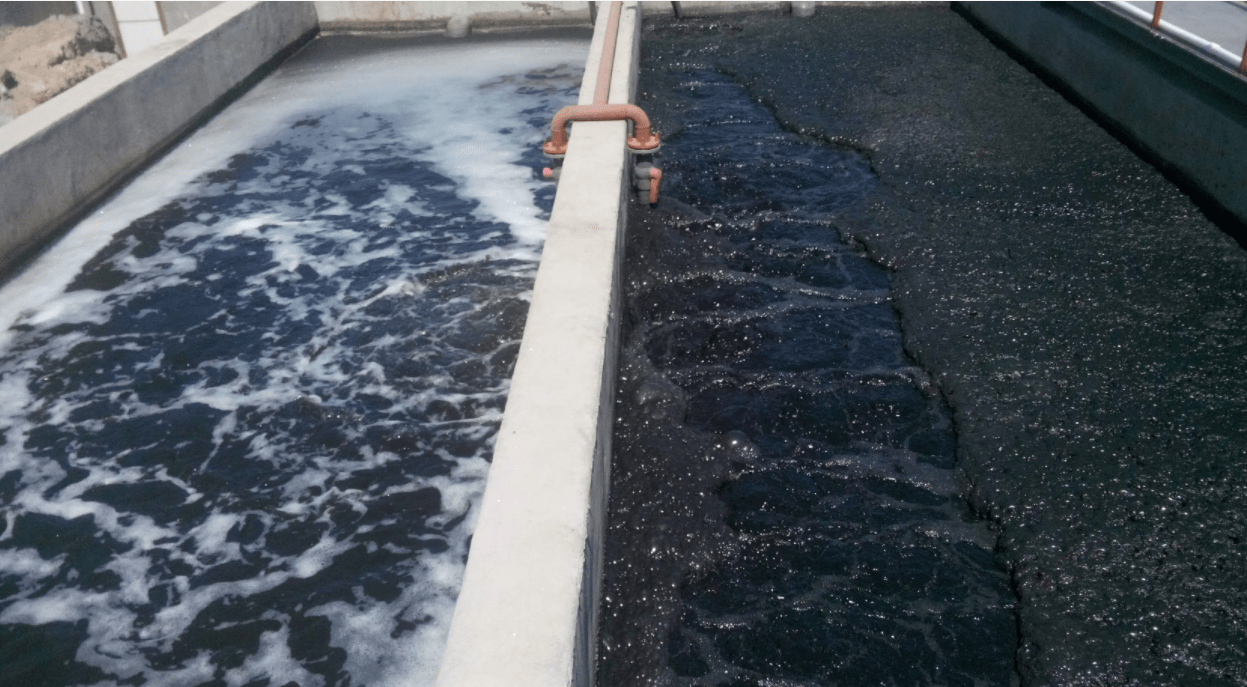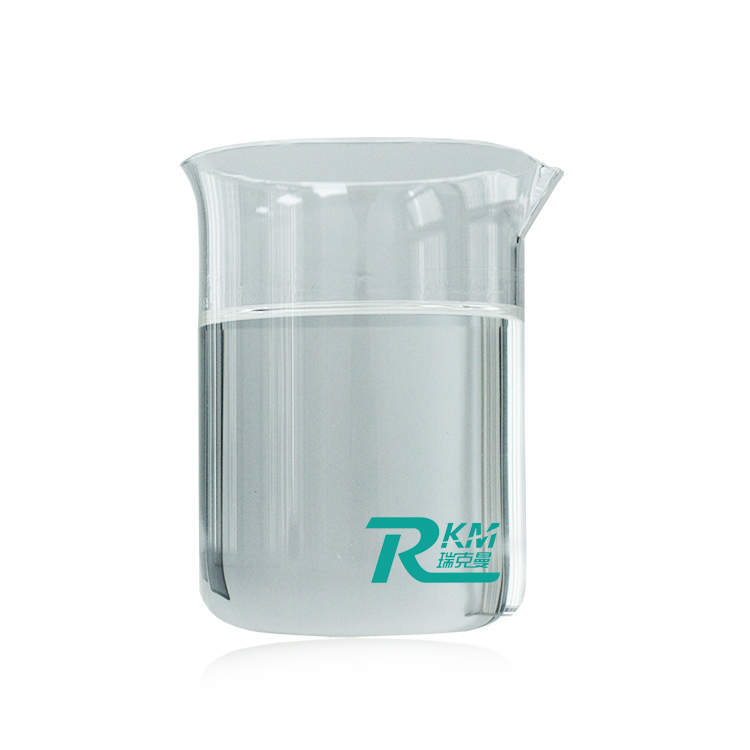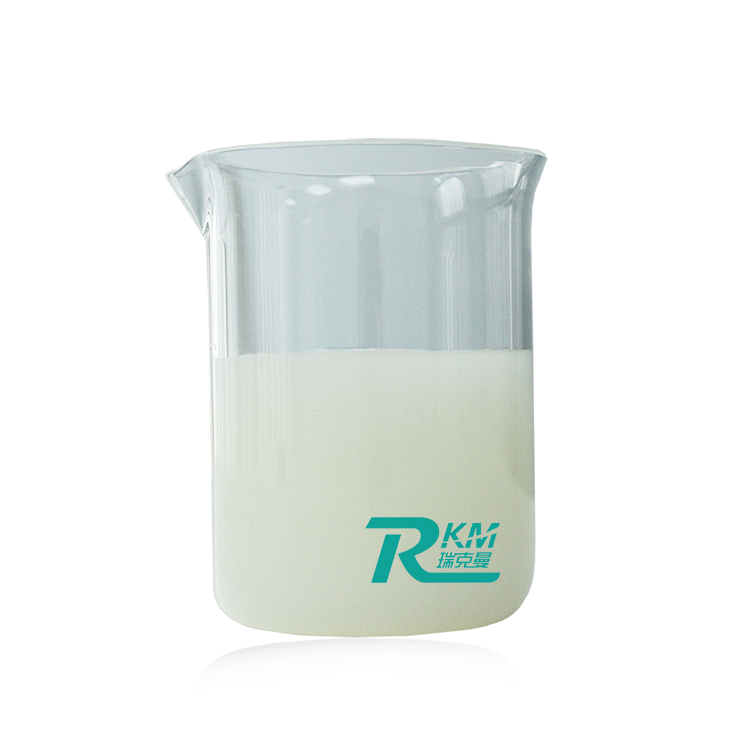How to Choose Water Treatment Defoamer?
When choosing a water treatment defoamer, it is important to understand its water quality characteristics first! Because there may be differences in water quality from different water sources, including hardness, pH value, dissolved gas content, etc. Therefore, it is necessary to select a defoamer suitable for a specific water quality. Some defoamers may be more effective for specific water qualities, so it is recommended that water quality testing and analysis be performed before selecting an antifoam. Water samples can be taken for experimental testing to select the most appropriate defoaming agent.

The following points should be met when choosing a water treatment defoamer:
First of all, it is insoluble or difficult to dissolve in the foaming liquid. In order to achieve the foam-breaking effect, the antifoam should be concentrated and gathered on the bubble film. Only when it is insoluble or difficult to dissolve can it easily gather at the gas-liquid interface and be easily concentrated on the bubble membrane, then it can function at a lower concentration.
Secondly, the surface tension is lower than that of the foaming liquid, so that the defoaming agent particles can immerse and expand on the bubble film. It is also important not to chemically react with the foaming liquid. If the defoamer reacts with the foaming liquid, on the one hand, the defoaming agent will lose its effect, and on the other hand, harmful substances may be produced, which may affect the growth of microorganisms.
What You Don’t Know About Industrial Circulating Water Antifoams
Industry is growing rapidly, and water consumption is growing with it. In order to reduce the cost of industrial water use, the utilization of recycled water is really helpful. However, a large amount of foam often occurs during the circulating water treatment process, which causes many manufacturers difficulties. To eliminate foam, we must first understand the causes and hazards of foam and then find a solution!

Causes of foam generated in industrial circulating water:
1. The wastewater treated by water treatment equipment contains a certain amount of foam. If the temperature of the incoming water is high, the foam particles will be larger and more will be produced.
2. Other impurities in the water, gases, etc., are mixed with some organic matter to produce a large number of bubbles under the mechanical stirring of the water flow.
3. Foaming occurs due to the high organic content in the water.
4. Foaming occurs due to chemical reactions caused by other additives added.
5. Foaming occurs due to excessive suspended solids.
6. Foaming occurs due to poor water quality management.
Foam in industrial circulating water will cause many hazards. For example, the foam may fail the testing conducted by the Environmental Protection Agency, and then the water will not be discharged, slowing down the progress of the work. Too much foam overflows from the surface, causing serious pollution of the external environment. During biological water treatment, there is too much foam during aeration or oxygen supply, which affects the progress of water treatment or overflow and affects the activated mud and bacteria. Excessive foam in circulating water affects secondary utilization, production progress, and, more seriously, directly affects the products produced.
How do you solve the bubble problem quickly and effectively?
It is recommended to use chemical methods—industrial circulating water defoaming agents—to solve the foam problem. Using defoaming agents can not only save time but also improve the effect of industrial circulating water treatment to a certain extent.
An industrial circulating water antifoam is a highly efficient defoamer specially developed for various water treatment systems.
The characteristics are: fast defoaming speed, long foam suppression time, high efficiency, low dosage, and strong versatility. It is easy to disperse in water, is well compatible with liquid products, and is not easy to break emulsions and float oil.
It can be used in various types of circulating sewage treatment, various types of circulating industrial sewage, circulating wastewater treatment in various industries, and all normal temperature and alkaline water treatment systems.
Industrial circulating water defoamer can achieve long-lasting defoaming and foam suppression in different environments and is an indispensable aid in water treatment.
Water based defoamer RK-8636
Main physical and chemical properties:
Appearance:Milky white emulsion
Viscosity:2000~8000mPa·s
Solid content:35-37%
PH value:6.5-8.5
Use
PCB cleaning process
General sewage treatment
Industrial circulating water treatment
Fermentation
Industrial cleaning
Textile printing
Product property:
Excellent instant defoaming ability and long antifoaming persistence
Suitable for various of foaming system
Chemically inert
Good stability

Non silicone Antifoam RK-700P
Main physical and chemical properties:
Appearance: Colorless liquid
Viscosity:300~1500mPa's
pH:5.0~7.5
Use
Desalination
